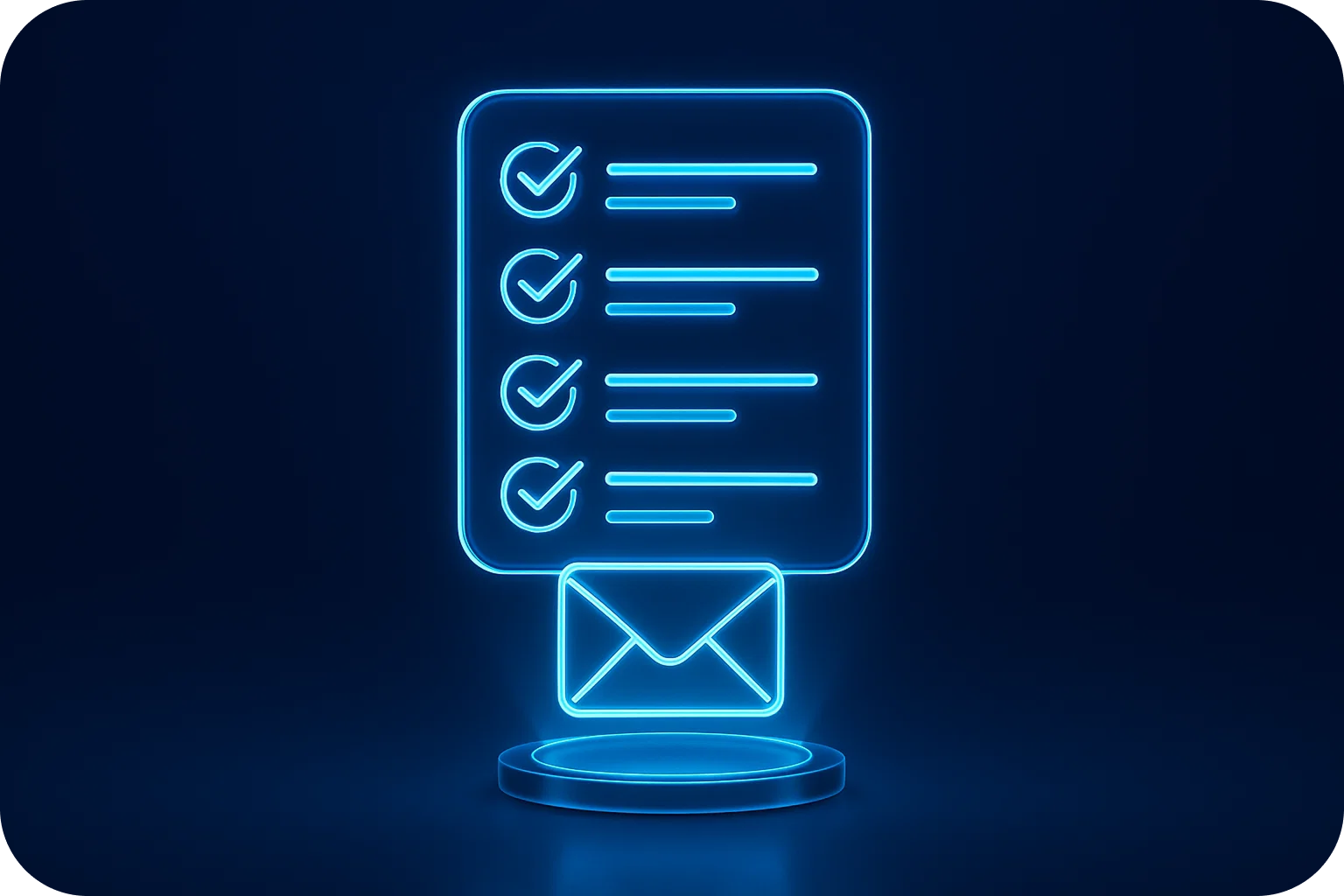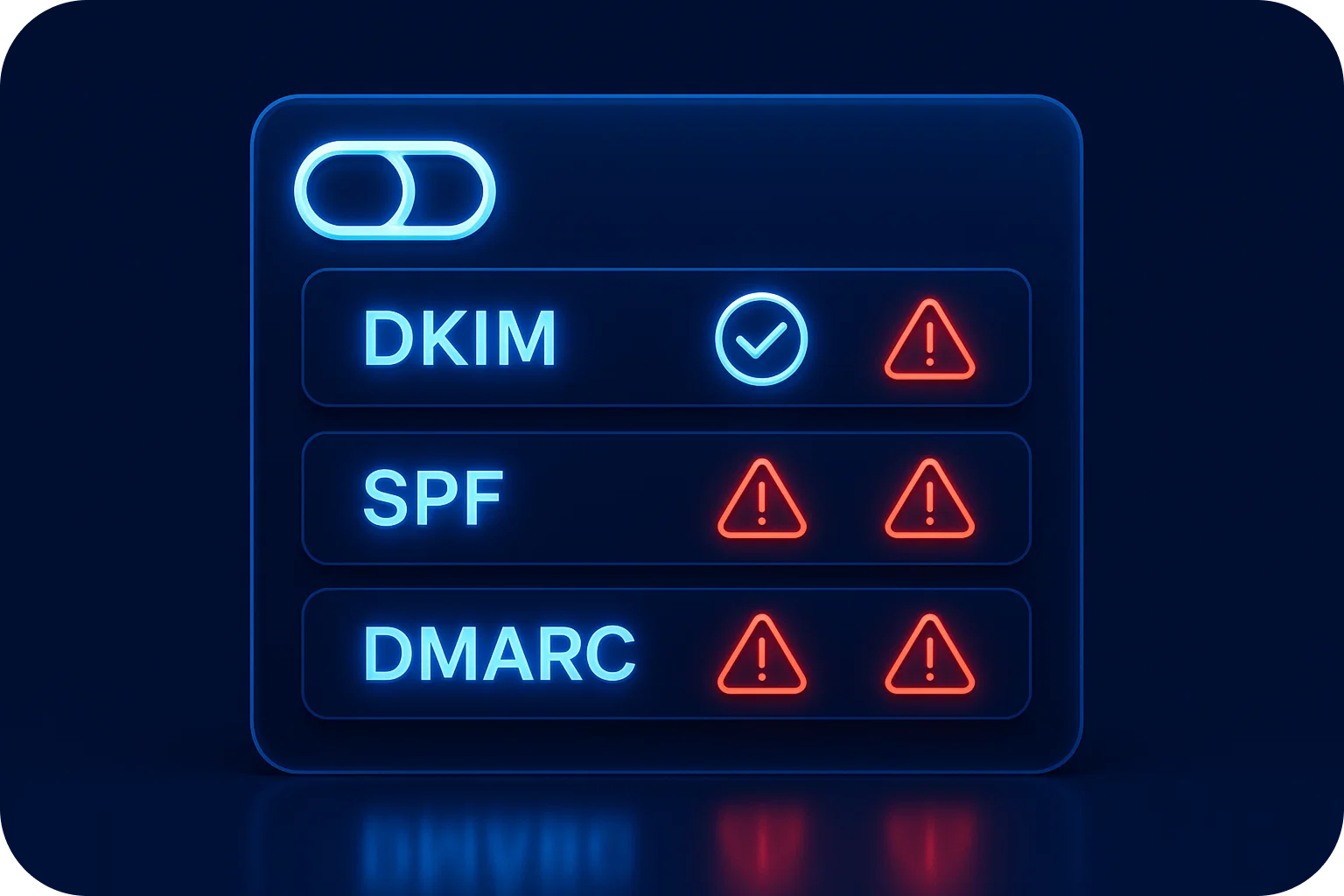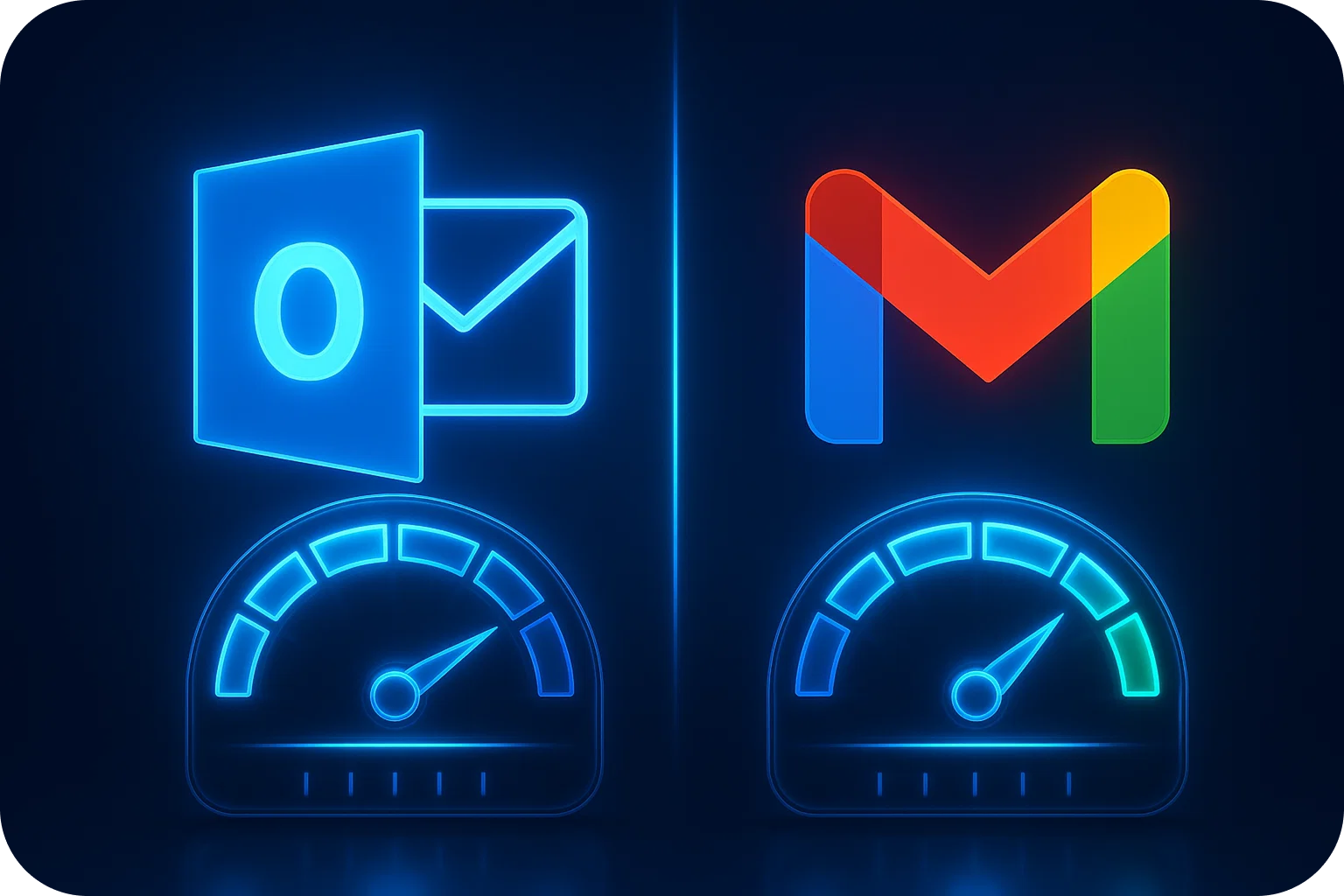The Cold Email Testing Protocol: How to Run Experiments That Actually Improve Performance

Most cold email campaigns fail not because of bad ideas, but because of bad testing. Teams run "experiments" without control groups, declare winners after 50 sends, and make decisions based on gut feeling rather than data.
The result? Deliverability drops, response rates stagnate, and you're left wondering why your outreach isn't working.
Real email testing requires a scientific approach: proper control groups, statistical significance, and rigorous documentation. Here's how to run experiments that actually improve performance.
Why Most Email Testing Fails
Before we dive into the protocol, let's address why traditional A/B testing often produces misleading results in cold email:
Time-based variables: Email performance varies dramatically by day of week, time of day, and even season. Testing variant A on Monday and variant B on Tuesday introduces confounding variables.
Sample size errors: Declaring a winner after 100 sends might feel decisive, but it's statistically meaningless. You need larger samples to account for natural variation.
Deliverability lag: Changes to your sending patterns can take 7-14 days to impact deliverability. Testing for just 2-3 days won't capture the full effect.
Multiple variables: Changing your subject line, body copy, and CTA simultaneously makes it impossible to know what actually moved the needle.
The solution is a structured testing protocol that controls for these variables.
The Foundation: Control Groups and Statistical Significance
Every legitimate email test needs a control group, a segment that continues using your baseline approach while you test variations.
Setting up your control group:
- Randomly assign 20-30% of your list to the control group
- Ensure the control group is statistically similar to your test group (same industries, company sizes, roles)
- Keep the control group consistent across multiple tests to establish a reliable baseline
Understanding statistical significance:
You need enough data to distinguish between real performance differences and random variation. For cold email, aim for:
- Minimum 300 sends per variant (600 total for a two-variant test)
- At least 30 conversions (opens, replies, or meetings) per variant
- 95% confidence level before declaring a winner
Use a statistical significance calculator to verify your results. A 3% response rate that beats your 2.5% baseline might look impressive, but with only 100 sends per variant, it's likely just noise.
The Testing Protocol: Step-by-Step
Step 1: Establish Your Baseline
Before testing anything, document your current performance over at least two weeks:
- Deliverability rate (inbox placement, not just delivery)
- Open rate
- Reply rate (positive, negative, and neutral)
- Meeting booking rate
- Unsubscribe and spam complaint rate
This baseline becomes your control group benchmark.
Step 2: Identify One Variable to Test
The cardinal rule of email testing: change one thing at a time.
High-impact variables to test:
- Subject line approach (question vs. statement vs. personalization)
- Email length (short vs. medium vs. long)
- Personalization depth (name only vs. company research vs. specific trigger)
- Call-to-action (meeting request vs. question vs. resource offer)
- Sending time (morning vs. afternoon vs. evening)
- Follow-up timing (3 days vs. 5 days vs. 7 days)
Start with the variable most likely to impact your primary goal. If you need more replies, test CTAs. If deliverability is suffering, test email length and formatting.
Step 3: Design Your Test Variants
Create 2-3 variants maximum. More variants require exponentially larger sample sizes.
For each variant:
- Change only the target variable
- Keep everything else identical
- Write a hypothesis: "I believe [variant] will outperform the control because [reason]"
- Define success metrics upfront
Example hypothesis: "I believe a question-based subject line will increase open rates by 15% because it creates curiosity without appearing salesy."
Step 4: Randomize and Segment
Randomly assign prospects to control and test groups. Avoid cherry-picking, it introduces bias.
Critical randomization rules:
- Don't assign your "best" leads to the new variant
- Ensure similar distribution of company sizes, industries, and seniority levels
- Test all variants simultaneously, not sequentially
- Send at the same times of day for all groups
Step 5: Run the Test (Long Enough)
Most tests need 2-4 weeks to produce reliable results.
Minimum test duration:
- Deliverability tests: 14 days (allows time for sender reputation to adjust)
- Copy tests: 7-10 days (captures weekly sending patterns)
- Timing tests: 14 days (covers two full weeks of sending)
Resist the urge to call a winner early. Performance often fluctuates in the first few days before stabilizing.
Step 6: Analyze Results Rigorously
When your test concludes, analyze multiple metrics, not just your primary goal.
Key questions to answer:
- Did the variant achieve statistical significance?
- Did it improve your primary metric without harming secondary metrics?
- Was the improvement consistent across different segments (industries, company sizes)?
- Did deliverability remain stable or improve?
A variant that increases opens by 20% but doubles spam complaints is not a winner.
Step 7: Document Everything
Create a testing log that includes:
- Test hypothesis and date range
- Exact copy for all variants
- Sample sizes and segment definitions
- Results for all metrics
- Winner declaration and confidence level
- Implementation notes
This documentation becomes invaluable as you scale. You'll avoid re-testing the same variables and can identify patterns across multiple experiments.
Common Testing Mistakes to Avoid
Testing too many variables: Changing your subject line, opening sentence, and CTA simultaneously tells you nothing about what actually worked.
Insufficient sample size: 50 sends per variant won't give you reliable data, regardless of how dramatic the results appear.
Ignoring deliverability: A variant might boost opens but tank your sender reputation. Always monitor spam complaints and inbox placement.
Sequential testing: Running variant A this week and variant B next week introduces time-based confounding variables.
Confirmation bias: Don't ignore results that contradict your hypothesis. The data might be telling you something important about your audience.
Advanced Testing: Multi-Touch Sequences
Once you've optimized individual emails, test entire sequences:
- Number of touchpoints (3 vs. 5 vs. 7 emails)
- Follow-up timing (every 3 days vs. every 5 days)
- Value escalation (case study in email 2 vs. email 4)
- Breakup email timing and approach
Sequence testing requires larger sample sizes and longer durations, but the insights are worth it.
Turning Tests Into Systematic Improvement
The goal isn't just to run one successful test, it's to build a culture of continuous optimization.
Create a testing calendar: Plan tests quarterly, focusing on high-impact variables first.
Share results across teams: What works for sales might inform marketing, and vice versa.
Retest periodically: Audience preferences change. A winning variant from six months ago might not perform as well today.
Build a playbook: Document your proven approaches so new team members can benefit from your testing history.
The Bottom Line
Cold email testing isn't about finding a "magic bullet" subject line or perfect email length. It's about systematic experimentation that compounds over time.
Run proper tests with control groups and statistical rigor. Document everything. Test one variable at a time. Give experiments enough time to produce reliable data.
Do this consistently, and you'll build a cold email program that improves month after month, backed by data, not guesswork.
Ready to scale your cold email infrastructure with confidence? Mailpool provides the deliverability management and inbox setup you need to run reliable tests at scale.
More articles
Get started now




%201.png)





